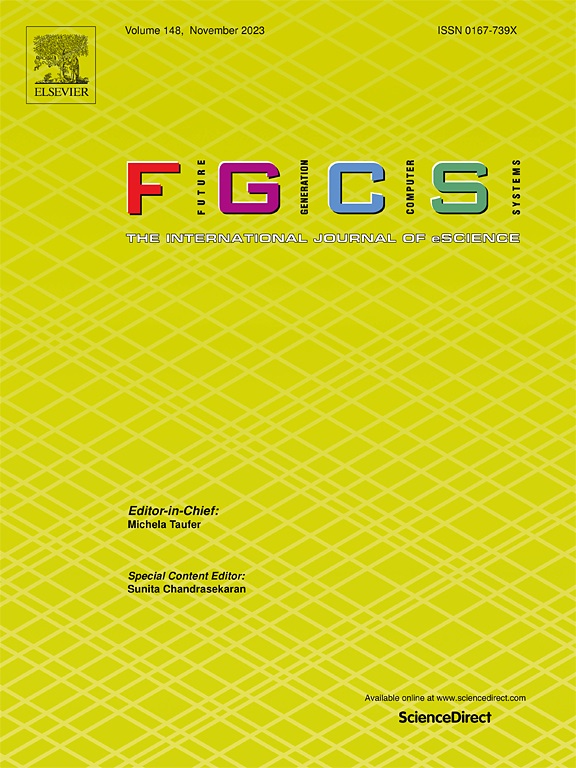A comparative study of ad-hoc file systems for extreme scale computing
IF 6.2
2区 计算机科学
Q1 COMPUTER SCIENCE, THEORY & METHODS
Future Generation Computer Systems-The International Journal of Escience
Pub Date : 2025-03-27
DOI:10.1016/j.future.2025.107815
引用次数: 0
Abstract
High-performance computing (HPC) systems often suffer from interference caused by multiple applications accessing a shared parallel file system, which can negatively impact compute performance. One solution to this problem is to add new tiers to the HPC storage hierarchy that can absorb I/O bursts and support moving data between tiers based on its hotness. Ad-hoc file systems serve as an intermediate storage layer that leverages new storage technologies, such as non-volatile random access memory devices and flash-based solid state drives, to provide temporary storage based on application behavior in the HPC environment. A variety of ad-hoc file systems have been proposed recently. In this survey, we will explore the integration of fast storage layers into HPC storage hierarchies. We will examine various ad-hoc file systems highlighting their features and functionalities to categorize the proposed solutions into different groups.
用于极端规模计算的临时文件系统的比较研究
高性能计算(HPC)系统经常受到多个应用程序访问共享并行文件系统的干扰,这会对计算性能产生负面影响。这个问题的一个解决方案是在HPC存储层次结构中添加新的层,这些层可以吸收I/O突发,并支持基于热度在层之间移动数据。Ad-hoc文件系统作为中间存储层,利用新的存储技术(如非易失性随机存取存储器设备和基于闪存的固态驱动器)提供基于HPC环境中应用程序行为的临时存储。最近提出了各种各样的临时文件系统。在本调查中,我们将探讨将快速存储层集成到HPC存储层次结构中。我们将研究各种特别的文件系统,重点介绍它们的特性和功能,以便将建议的解决方案分类到不同的组中。
本文章由计算机程序翻译,如有差异,请以英文原文为准。
求助全文
约1分钟内获得全文
求助全文
来源期刊
CiteScore
19.90
自引率
2.70%
发文量
376
审稿时长
10.6 months
期刊介绍:
Computing infrastructures and systems are constantly evolving, resulting in increasingly complex and collaborative scientific applications. To cope with these advancements, there is a growing need for collaborative tools that can effectively map, control, and execute these applications.
Furthermore, with the explosion of Big Data, there is a requirement for innovative methods and infrastructures to collect, analyze, and derive meaningful insights from the vast amount of data generated. This necessitates the integration of computational and storage capabilities, databases, sensors, and human collaboration.
Future Generation Computer Systems aims to pioneer advancements in distributed systems, collaborative environments, high-performance computing, and Big Data analytics. It strives to stay at the forefront of developments in grids, clouds, and the Internet of Things (IoT) to effectively address the challenges posed by these wide-area, fully distributed sensing and computing systems.

 求助内容:
求助内容: 应助结果提醒方式:
应助结果提醒方式:


